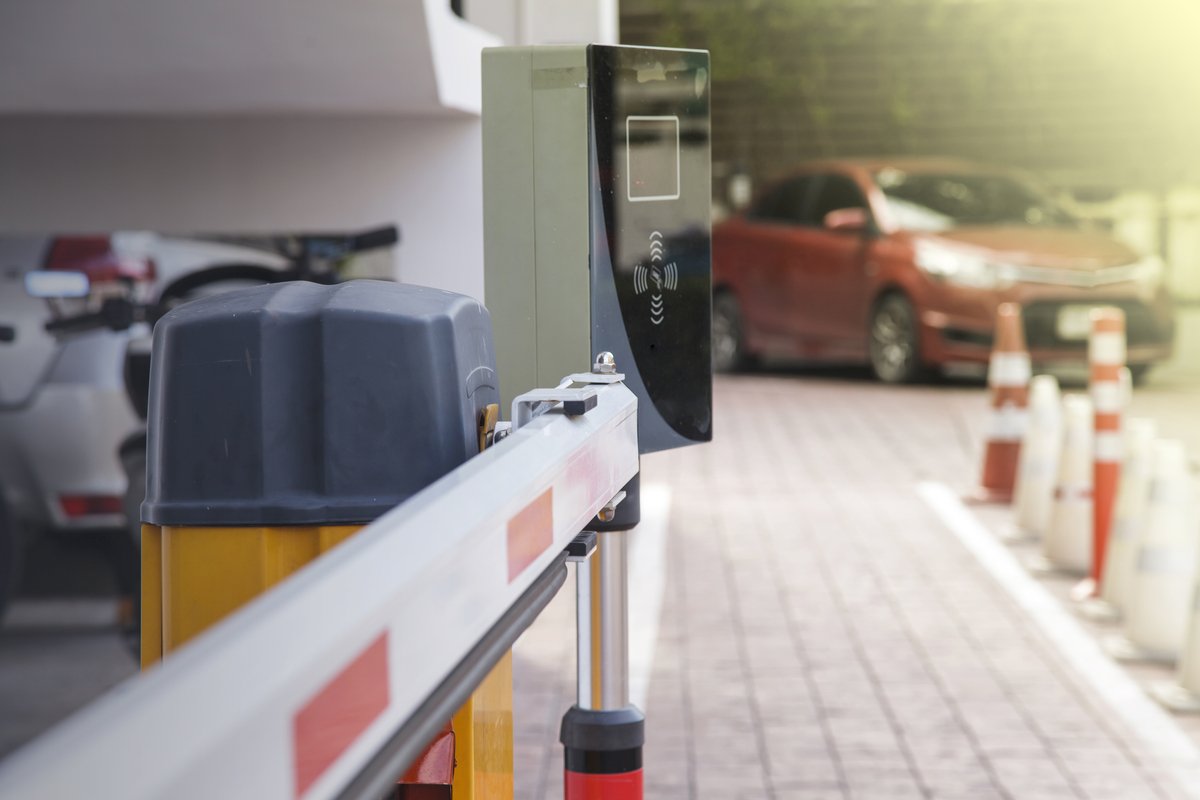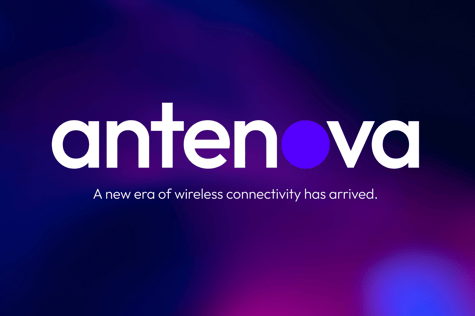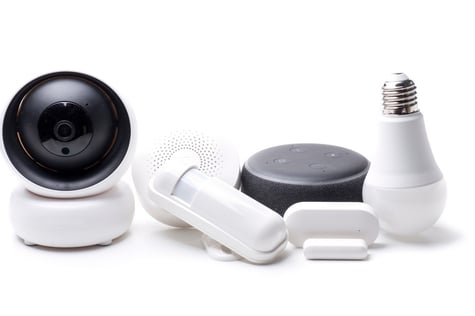Ultra-wideband (UWB) is a revolutionary new wireless technology that is introducing pin-point locational accuracy to a range of applications and industries. UWB uses short pattern pulses to detect the exact location of a transmitter to a receiver on a wide 7.5 GHz frequency range.
One of the industries that are incorporating this new technology is the automotive space, with companies such as BMW already applying it into their designs. So, what features does ultra-wideband provide for the automotive industry, and what potential applications exist?
Features of ultra-wideband for the automotive industry
Locational precision
A defining element of ultra-wideband is the locational precision it offers. The unique pattern pulse technology it uses enables an accurate location within a centimetre. In comparison, other short range wireless connections like Wi-Fi and Bluetooth are accurate to approximately 1-10 metres as they use signal strength to determine location. A further element that separates ultra-wideband from other locational based wireless technologies is that it works in real-time; GNSS shares precision in accuracy with UWB but has a TTFF (Time Till First Fix).
Security
As ultra-wideband uses its own pulse emission technology over a wide frequency range, it is extremely secure when compared to similar alternatives. It is a direct signal between a transmitter and receiver that detects the distance using pulses in real-time, meaning it cannot be intercepted or relayed over; the only device that can successfully interact with the receiver is the transmitter, providing various security based applications.
Free of interference
Due to the extremely wide frequency range of ultra-wideband, there is very little interference with other wireless signals on the same bands. This means that vehicles using UWB can still effectively function in populated areas or car parks with other vehicles also using UWB connectivity.
Ultra-wideband use cases for automotive applications
Digital key
Ultra-wideband has already seen widespread use in the automotive industry in digital key devices. The precise locational properties of UWB enables proximity detectors to be used in vehicles that can detect when a user is close who has a digital key on their person. This then functions as a way for the vehicle to unlock, turn on its lights, or even open its doors and boots without any interaction needed by the user. BMW has implemented this exact technology into their digital key plus, and serves as an extremely secure wireless key device.
Automated tickets/payments
A further application of Ultra-wideband for the automotive industry is seamless and contactless payments for tickets and other services. Receivers and transmitters can be placed in parking facilities for various services that can detect a specific vehicle that passes through using its locational properties. This can then be used to pay for the service without any further interaction needed by the user.
Short range locator
Alongside proximity location for digital keys, UWB can also provide various other uses for its precise locational properties. For example, a user can use UWB to detect exactly where they parked their car in a busy parking facility, or a vehicle can find the closest charging station and direct the user to it. There are many other potential applications for UWB in the automotive industry, and it shows a promising future for the integration of the technology.
Integrating ultra-wideband into automotive devices
Where ultra-wideband demonstrates untapped potential in the automotive industry amongst others, there are various factors that need to be considered when integrating the correct antenna for the right device. Fortunately, a consortium of leading brands has been created by FiRa and consists of leading companies such as Samsung, Google, and Apple who are leading the way in UWB technology and integration.
At Antenova, our antennas have seen integration into the automotive industry in the past. We provide a wide range of resources on antenna selection and placement that can help streamline the process of UWB integration for your device design. Find out more about how UWB can benefit your design by reading our content below or using our integration hub.




